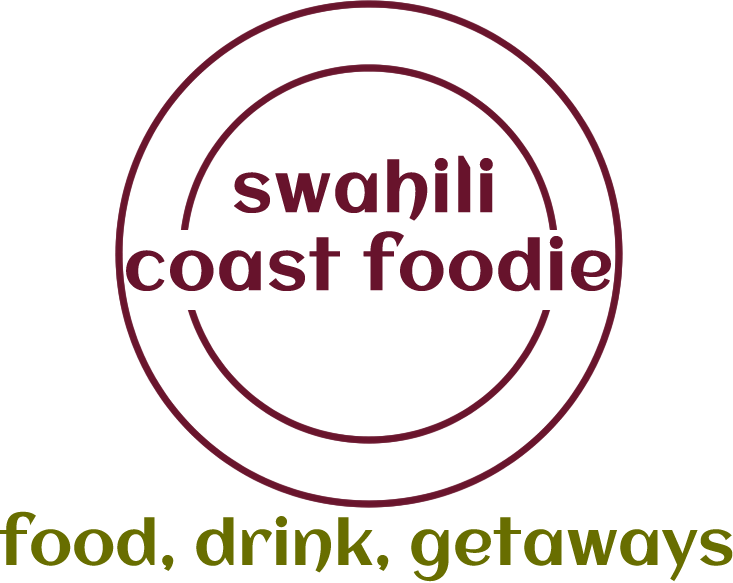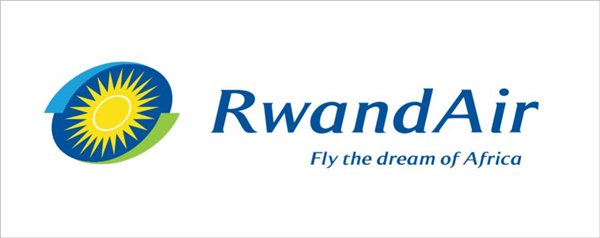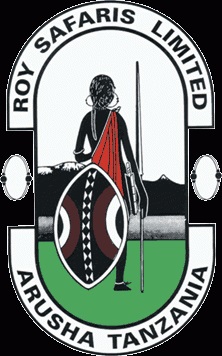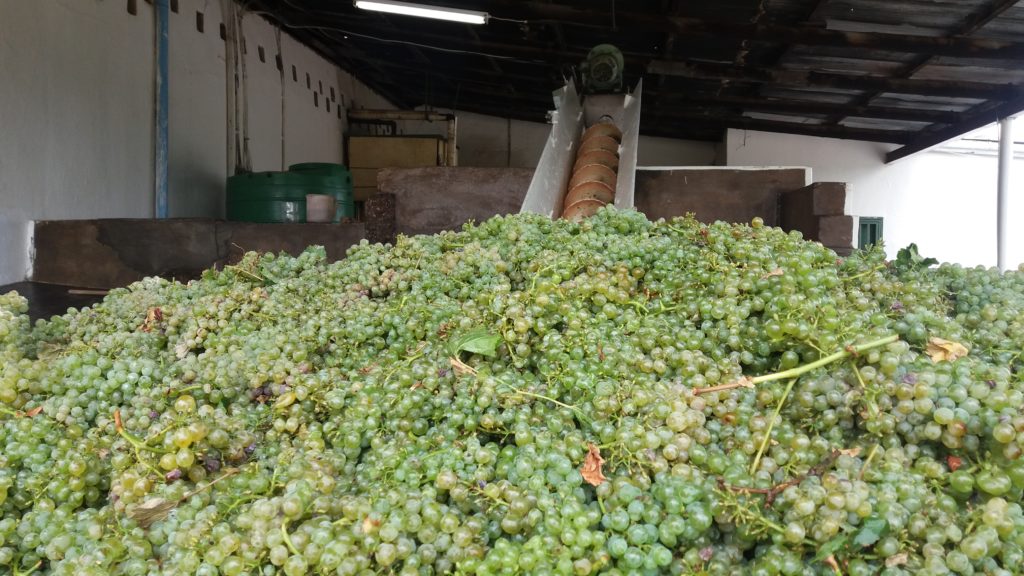
After three years of below-average rainfall, South Africa’s Cape region’s wine producers have been facing unprecedented challenges. So what has been the real impact on the country’s wine industry who are presently the world’s seventh-largest wine producer?
Cellar master Louis van der Riet, from the De Krans estate, is one of the intrepid winemakers at the forefront of creating a sustainable future for the industry. He did his first harvest at Aan de Doorns Winery, one of the larger cellars in South Africa’s Worcester region and later travelled to the Napa Valley in California where he did an internship at Silver Oak Wine Cellar producing Cabernet Sauvignon. After graduating with a degree in Cellar Technology and Viticulture from Elsenburg Agricultural Training Institute in 2009, he became an assistant winemaker at Allesverloren in the Swartland. Louis then moved to De Krans in 2012.
The young winemaker’s career has quickly flourished making award-winning from vines that perform well in the dry and arid ground of the Klein Karoo region. He was a finalist for the Diners Club Young Winemaker of the Year in 2014 and 2016 with the qualifying wines being De Krans Tinta Roriz 2013 and De Krans Cape Vintage Reserve 2013 respectively. In addition to producing multiple award winning wines under the De Krans label, in 2015 he travelled to Portugal to experience the harvest season at Ramos Pinto-Quinta Bons Ares and Quinta Bom Retiro in the Douro learning the tradition of the Lagar (a granite vessel used for making Port) and other techniques that has informed his production of fortified wine.
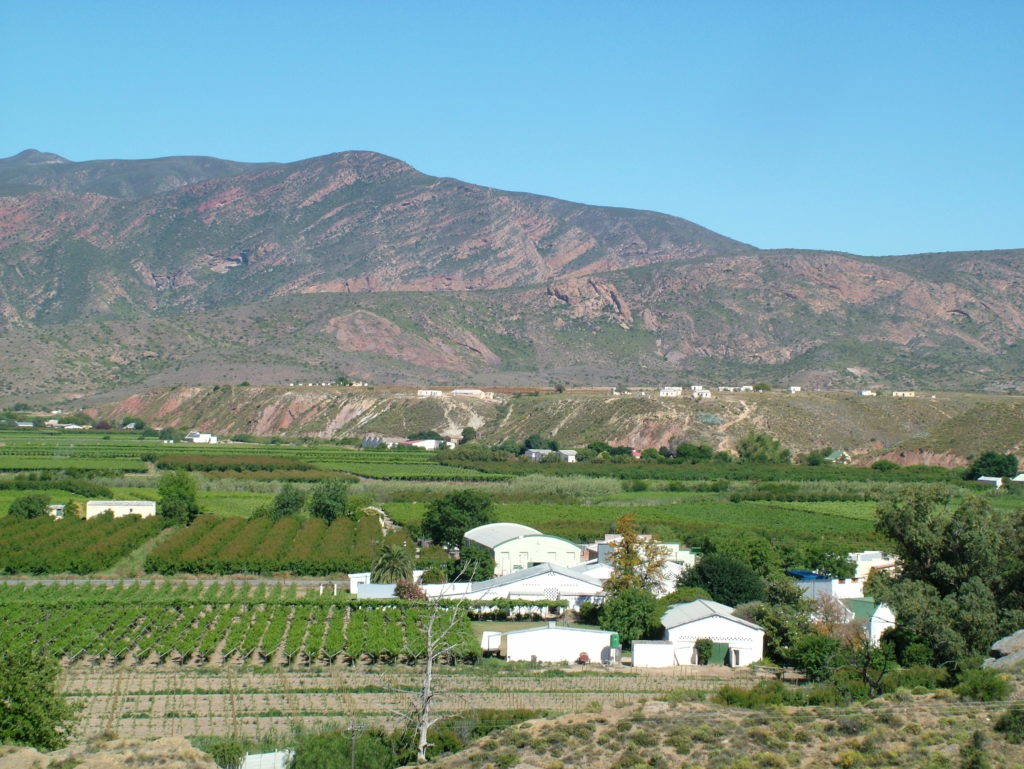
South Africa’s next generation of winemakers like Louis are having to confront the long-term challenges that may arise from such conditions. The country presently exports around 440 million litres of wine annually but can this be maintained? The 2018 harvest is expected to be much smaller than the estimated 1 434 328 tonnes of grapes produced in the 2017 crop, based on a survey conducted in late November 2017 by the South African Wine Industry Information and Systems body. In this exclusive Q and A with Swahili Coast Foodie, Louis revealed the impact of the drought and low water supplies on the 40 ha estate of De Krans:
How much rainfall do your vines generally need annually to survive?
The average vine needs about 400mm to 450mm of water to survive. The annual rainfall in Calitzdorp is between 350mm and 450mm per year. Over the last three years, however, it has had roughly 100mm to 150mm of rain.
What water restrictions have you encountered?
We had extreme water restrictions with most vineyards receiving little or no water. The top part of the estate near the town gets its water from the Calitzdorp or Nel river dam. At one point there was only enough water to sustain the town for a couple of months. The second part of the farm, where most of the vineyards are planted, gets its water from the Gamkapoort Dam. This dam has been empty since end 2015 and we have had no sustainable water supply from this source.
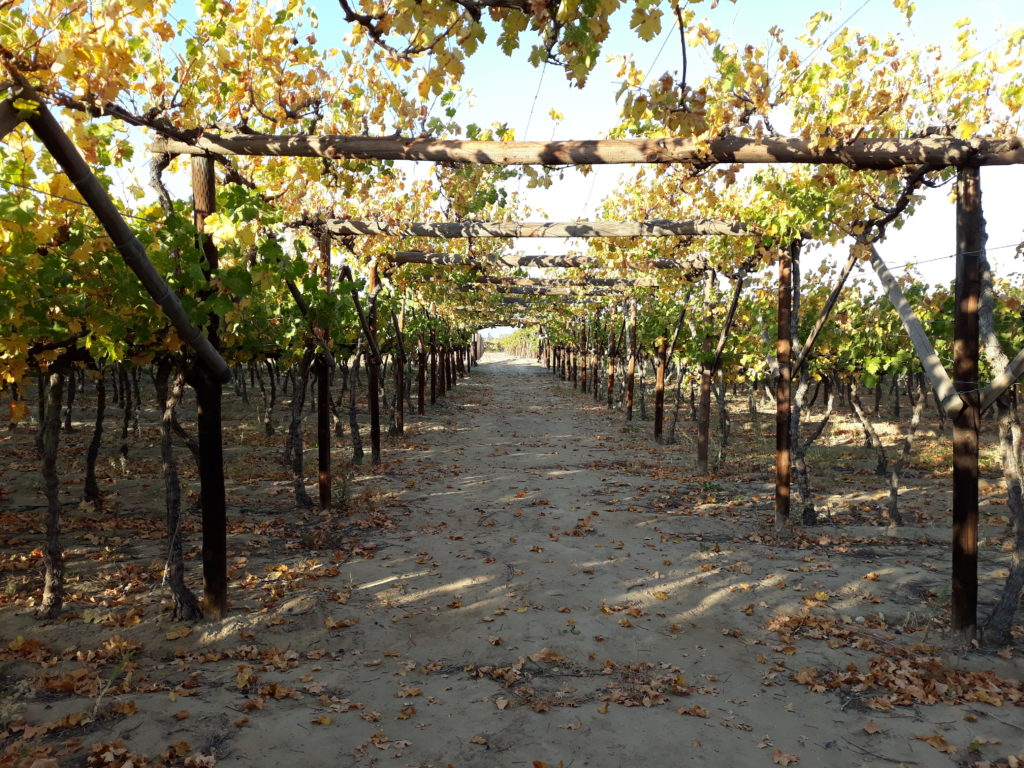
Did you take any measures in anticipation of the drought?
Yes, we had to drastically change our farming methods. We reduced the crop by 30% from the start by pruning and suckering to keeping minimise the necessary leaf growth. Also we dropped the bunches of most of the vines after bloom to save the vines. Harvesting was made a lot earlier than usual. It was also very important to clear weeds that could take moisture from the ground.
How does water stress affect the vines?
The vine reaches a stage where the pressure needed to draw water from the soil becomes too high and the plant is unable to replenish the amount of moisture lost during evaporation. The result is the vine starts to shut down dropping its leaves and the bunches dry out. This way the vine tries to save itself for the next season or until it gets water. If this does not happen the vine starts to dry out from its shoots down to its roots and dies.
How does that affect the wine you produce?
If the vine starts to shut down before the grapes are ripe you will lose the crop. If the grapes made it to a fair amount of sugar you will still be able to harvest even if the plant shuts down. The grapes will lose moisture over time as the plant cannot provide the moisture from its roots. The resulting concentration of sugar in the grape will rise to an usable amount. This is not a good thing normally as the grape never reaches its full degree of ripeness. Red grapes end up tasting green and out of balance. Acids will also be much higher than usual.
Do any varietals benefit from such conditions?
Not really. Successful harvests depend on the vine being able to get the grapes to the correct amount of ripeness. This results in more concentrated fruit, but with a drought the grapes do not make it to full ripeness before the plant shuts down. Varieties such as Sauvignon Blanc are very sensitive to hot and dry conditions and one will lose the primary, alluring fruit flavours from as soon as the vine starts stressing.
Does dry weather mean fewer pests damaging vine leaves?
Yes it does, but dry weather does not always mean less rain. Sufficient rainfall followed by sunshine and wind that dry the grape bunches is a good thing. Problems occur with continuous light rain over a couple of days. High humidity is much worse than actual rain.
What is your expected production shortfall?
For 2018 we had a 50% lower yield than usual.
Can consumers expect higher prices for SA wines?
That seems to be the industry trend at the moment.
What’s the future for Cape wines if this becomes a long term trend?
There will be a dramatic shift of vineyard plantings. Vines in drier areas will most likely be pulled out to farm more sustainable produce that needs less water. Only varietals that are suited for drier conditions will be planted and the total volume of South African wine produced will be much less than in the past. This will result in less availability for SA wine and higher prices can be expected.
